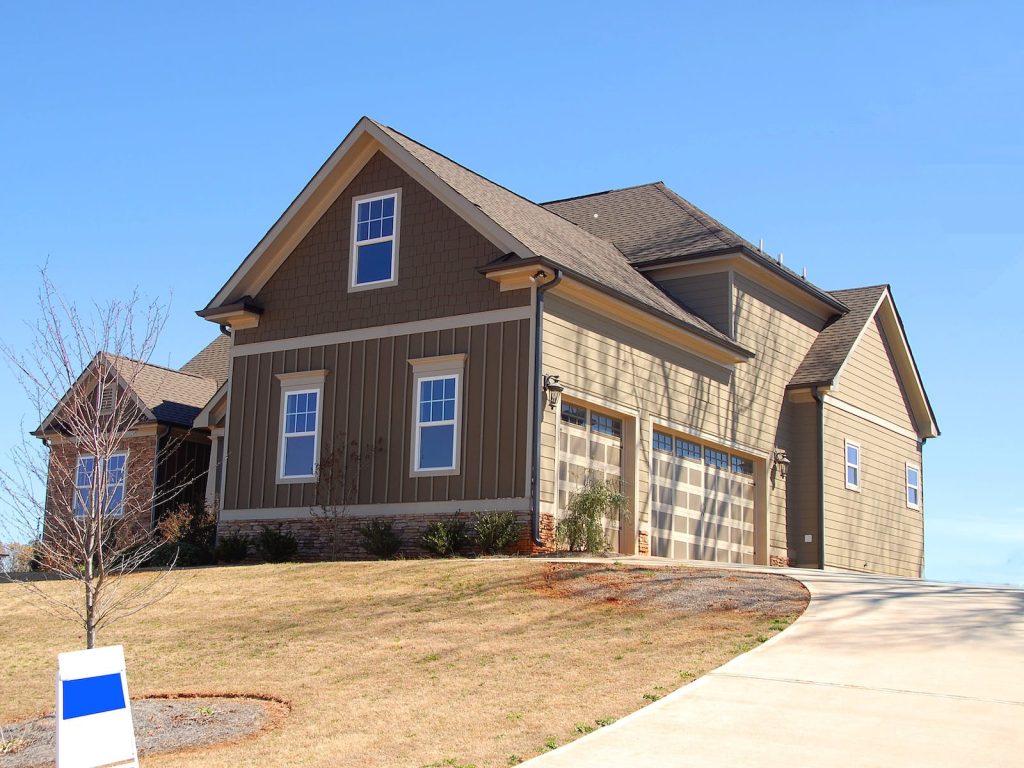The Ultimate Guide to Roof Products and Setup for Your Home Enhancement Job
When getting started on a home renovation task, choosing the ideal roof materials and making sure a proper installment are vital steps that can considerably impact the overall top quality and long life of your home. From standard asphalt shingles to modern steel roofing choices, the variety of materials readily available can be frustrating. Nevertheless, beyond just the visual charm, factors such as longevity, weather condition resistance, and power performance should be very carefully thought about to make an informed choice. Whether you are taking into consideration a DIY approach or seeking expert setup solutions, comprehending the step-by-step procedure and the upkeep requirements for different roof covering products is important. Keep tuned to uncover sensible pointers and insights that will certainly guide you via the intricate globe of roof products and setup, guaranteeing that your home improvement project is a success.
Kinds of Roof Materials
One prominent roof covering material is asphalt roof shingles, known for their cost and ease of setup. Steel roofing systems can hold up against severe climate conditions and need marginal maintenance. Furthermore, steel roofings are energy-efficient and eco friendly, making them a lasting alternative for eco-conscious consumers.
Wood roof shingles or trembles are a typical roof covering material that supplies an all-natural and rustic appearance to a home. Clay and concrete floor tiles are additionally preferred selections for roofing materials due to their toughness and fire resistance.
Variables to Consider When Choosing
When choosing roof materials for a construction task, it is necessary to carefully take into consideration a number of essential factors to make certain ideal efficiency and long life of the roofing. Different roof covering materials have differing levels of resistance to components such as wind, rain, snow, and sunlight.
Another element to take into consideration is the slope of the roofing system. Some roof covering products are much better suited for steep roofing systems, while others function well on level or low-sloped structures. The slope impacts exactly how water drains pipes off the roof covering and how the products will certainly execute over time.
DIY Vs Expert Setup
Considering the vital variables that website here influence the option of roof covering materials, the decision in between DIY and professional installment plays a considerable role in ensuring the architectural integrity and long life of the roofing. While some property owners might choose for a do-it-yourself strategy to save on prices, it's vital to recognize the intricacies and dangers entailed in setting up a roof.

Step-by-Step Roof Covering Installment Refine
Commencing a specific and well-executed roofing system installment process is fundamental to ensuring the resilience and efficiency of the roofing system. The initial step in the roofing system installation procedure is to prepare the roofing deck by guaranteeing it is clean, completely dry, and without any kind of debris. Next, underlayment is applied to offer an additional layer of security against water seepage. Following this, the setup of the drip side, starter roof shingles, and blinking is crucial to prevent water seepage at prone points such as the sides and valleys of the roof.
Ridge vents, ridge caps, and any kind of added roof accessories are installed to make sure appropriate ventilation and a polished appearance. Routine assessments and upkeep following the installation process are suggested to prolong the life expectancy of the roof covering.
Maintenance and Treatment Tips
To guarantee the longevity and optimum performance of your roofing, routine upkeep and care are vital. One essential facet of roofing system upkeep is examining the roofing at least two times a year, ideally in the this website springtime and fall, to check for any signs of damage, such as missing roof shingles, splits, or leaks.
Along with visual assessments, it is recommended to set up professional roof covering inspections every couple of years to analyze the general problem of the roofing system and determine any kind of underlying issues that may not be quickly visible. Normal maintenance jobs, such as cleaning up the rain gutters, cutting overhanging branches, and eliminating moss or algae development, can help expand the lifespan of your roof and ensure it proceeds to shield your home efficiently. By spending effort and time into appropriate upkeep, you can lengthen the life of your roof and stay clear of unnecessary repair services or substitutes.
Conclusion
